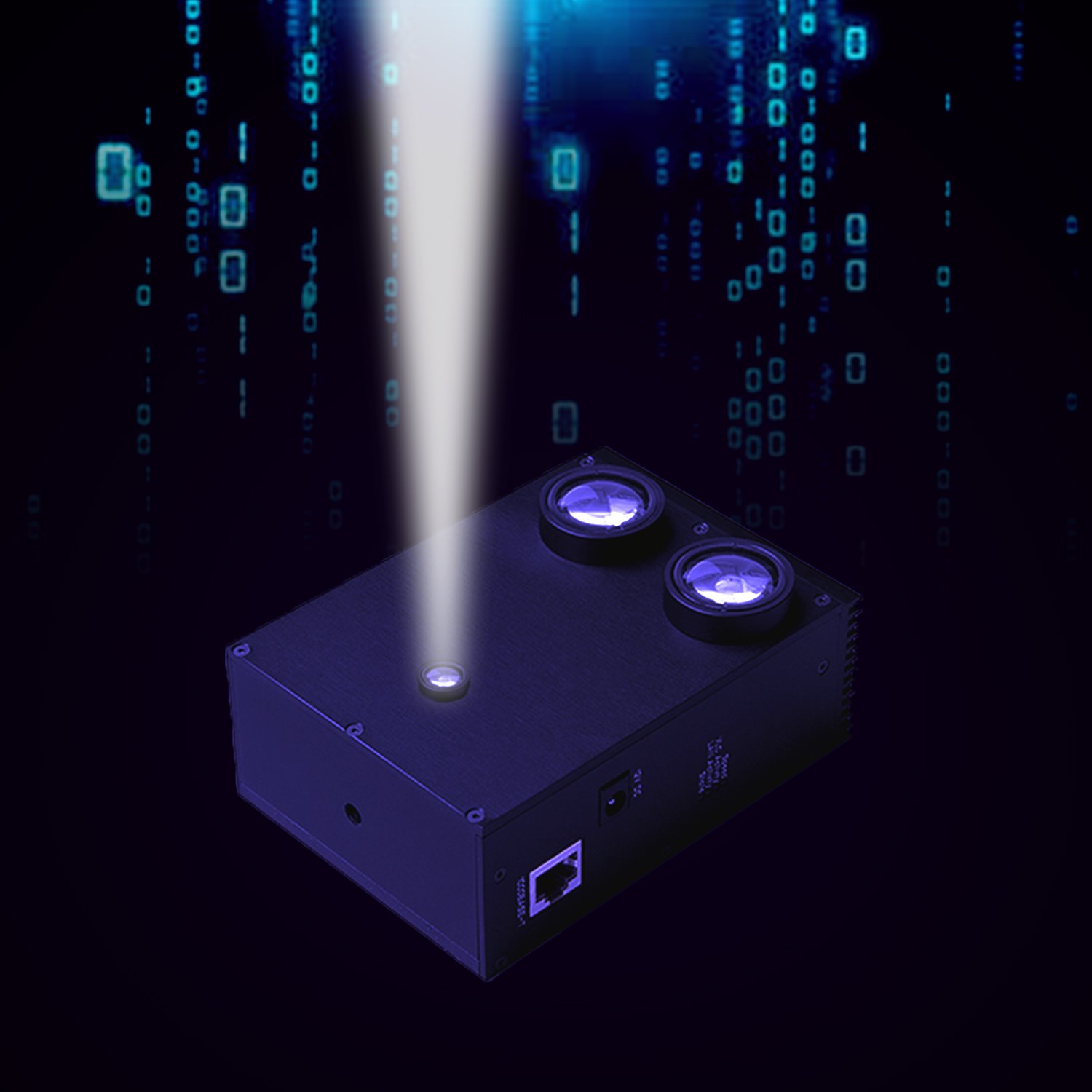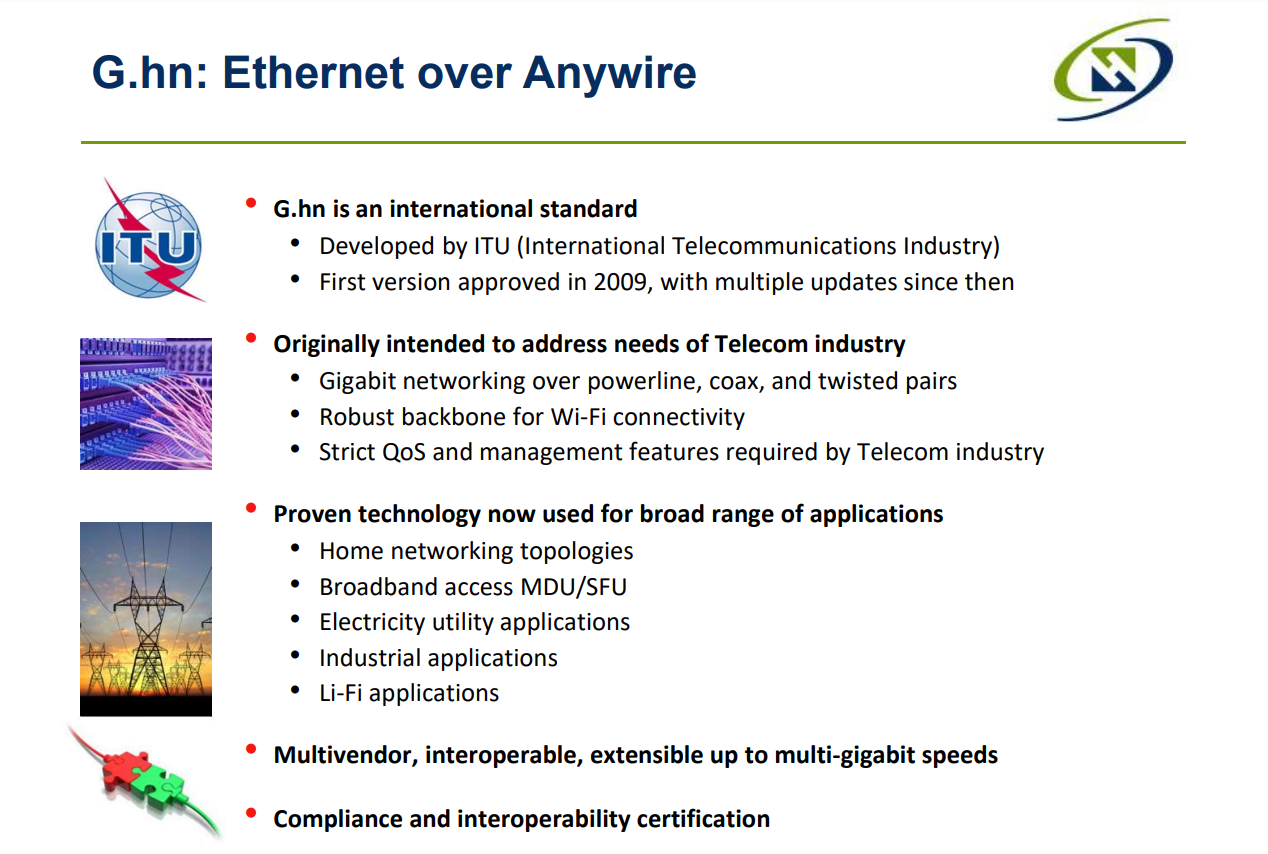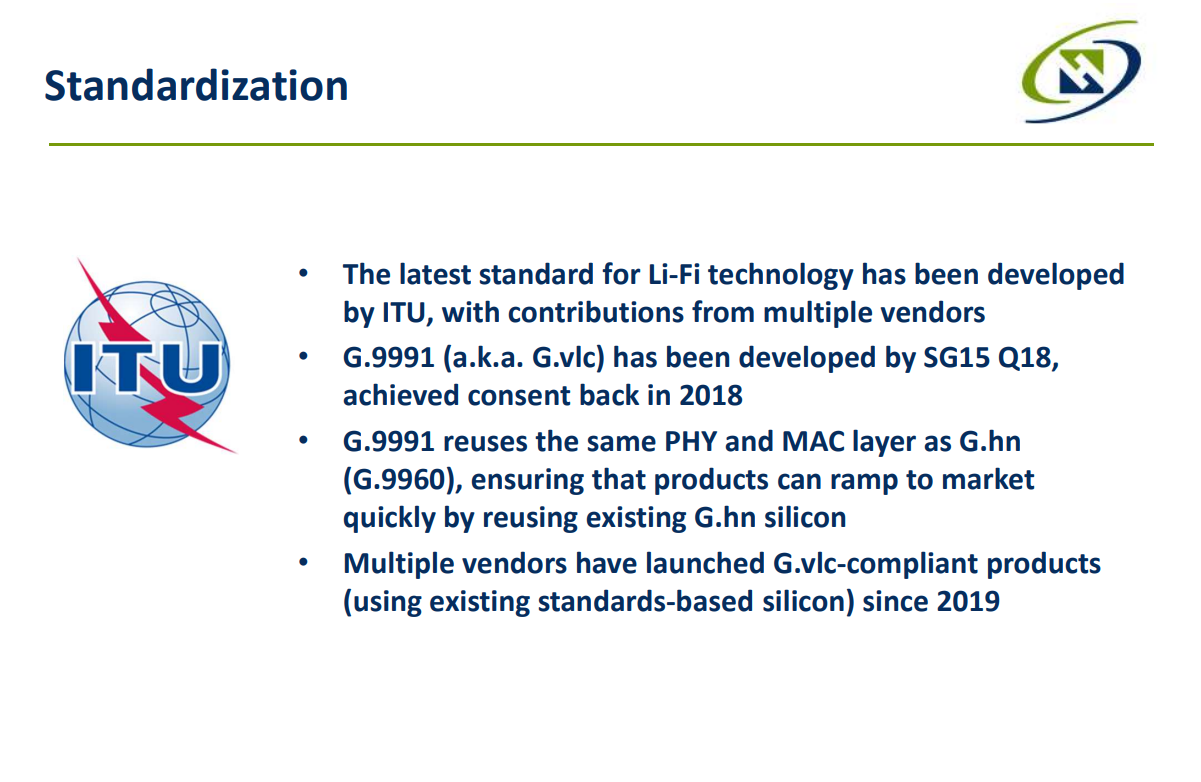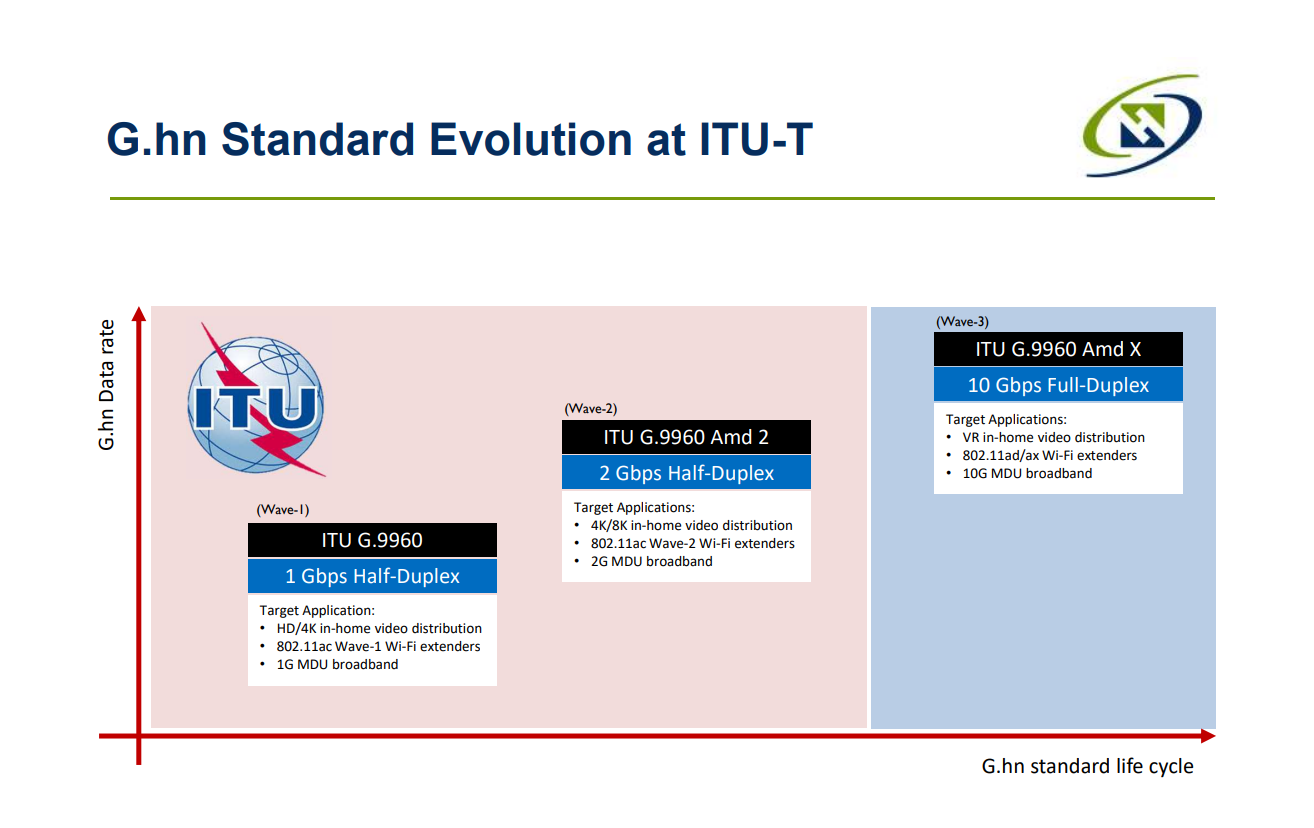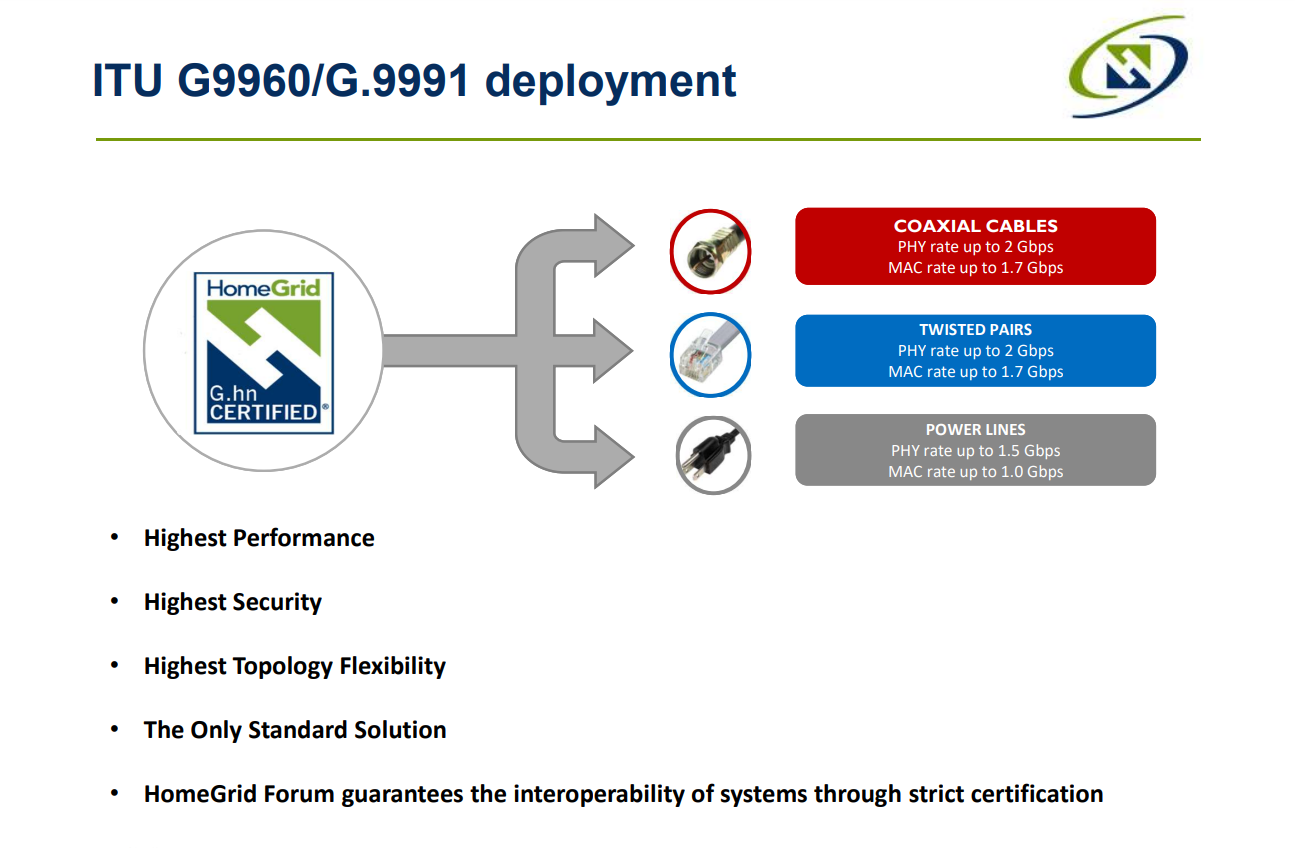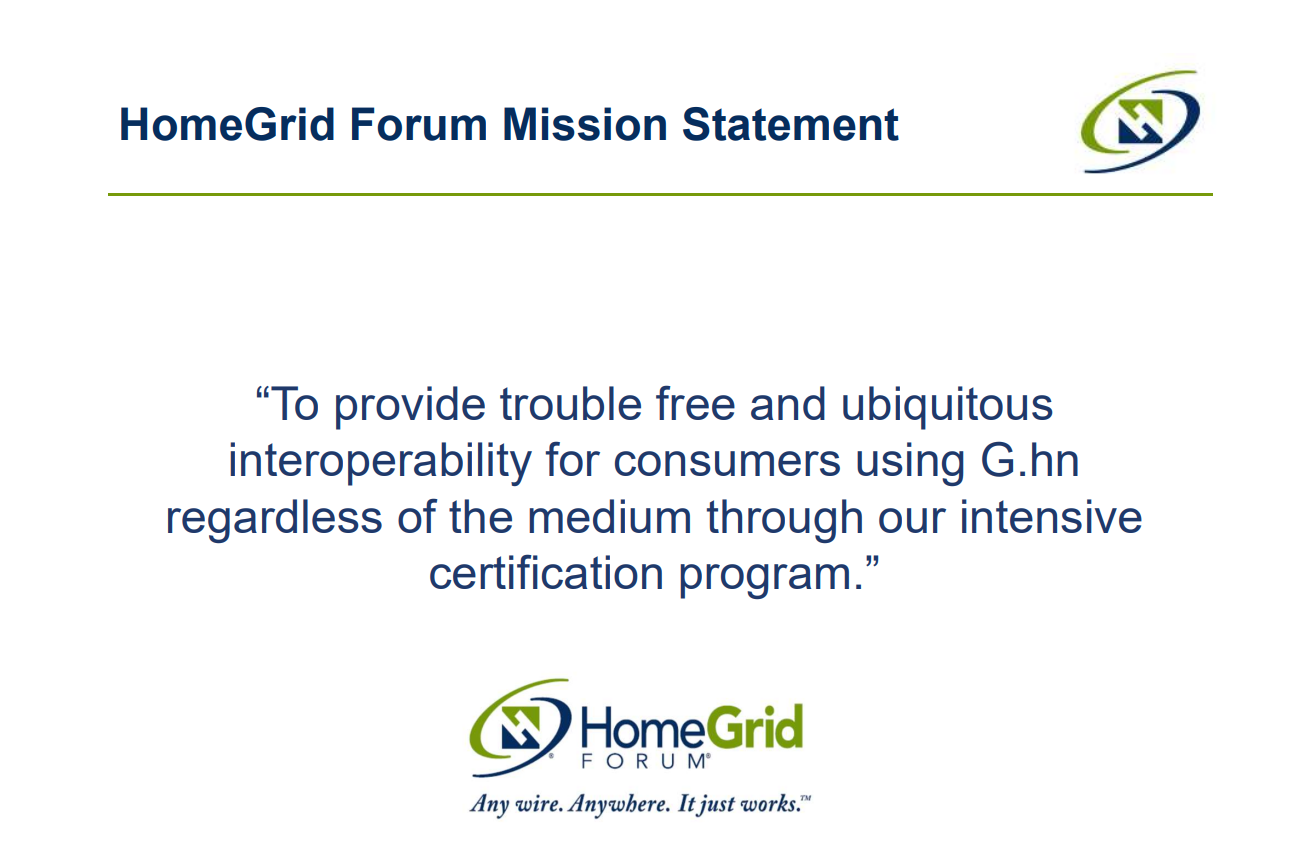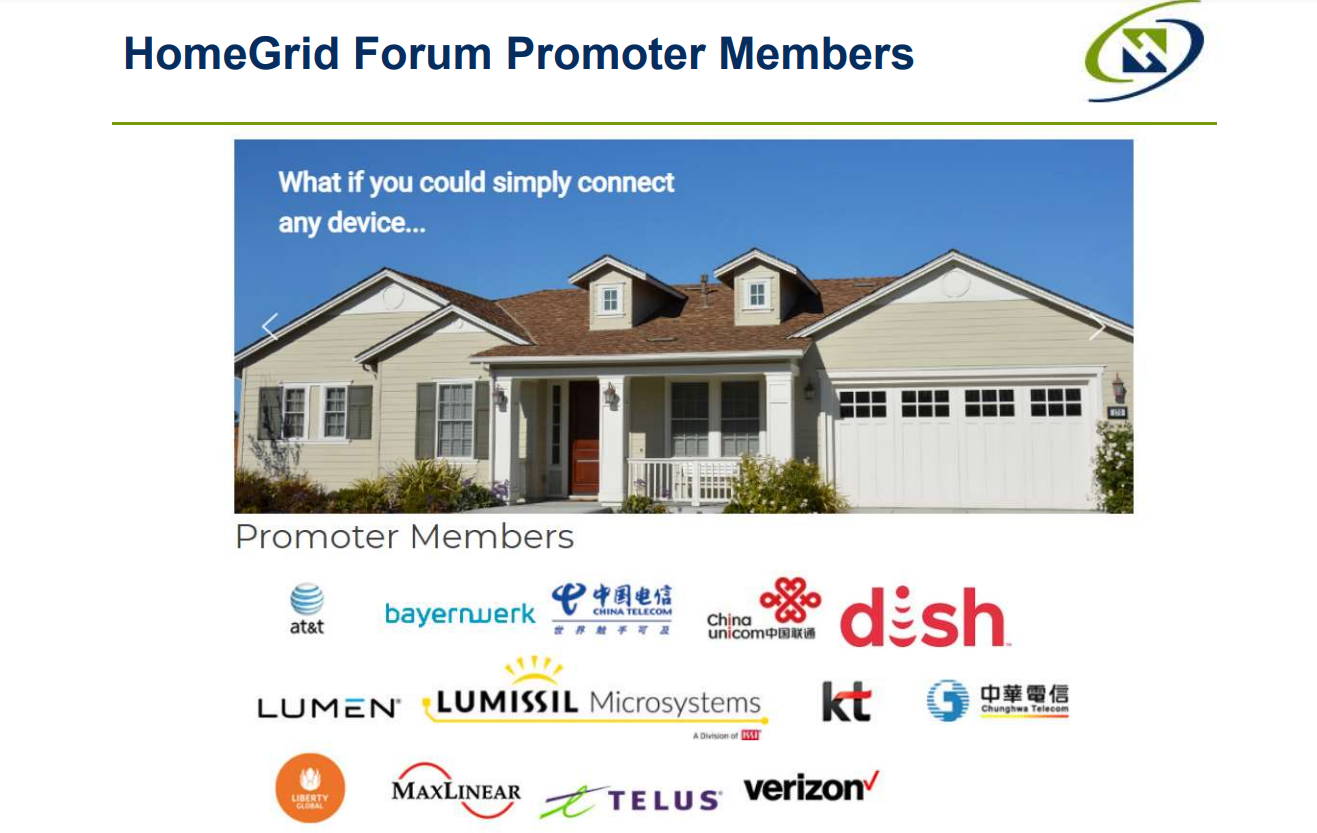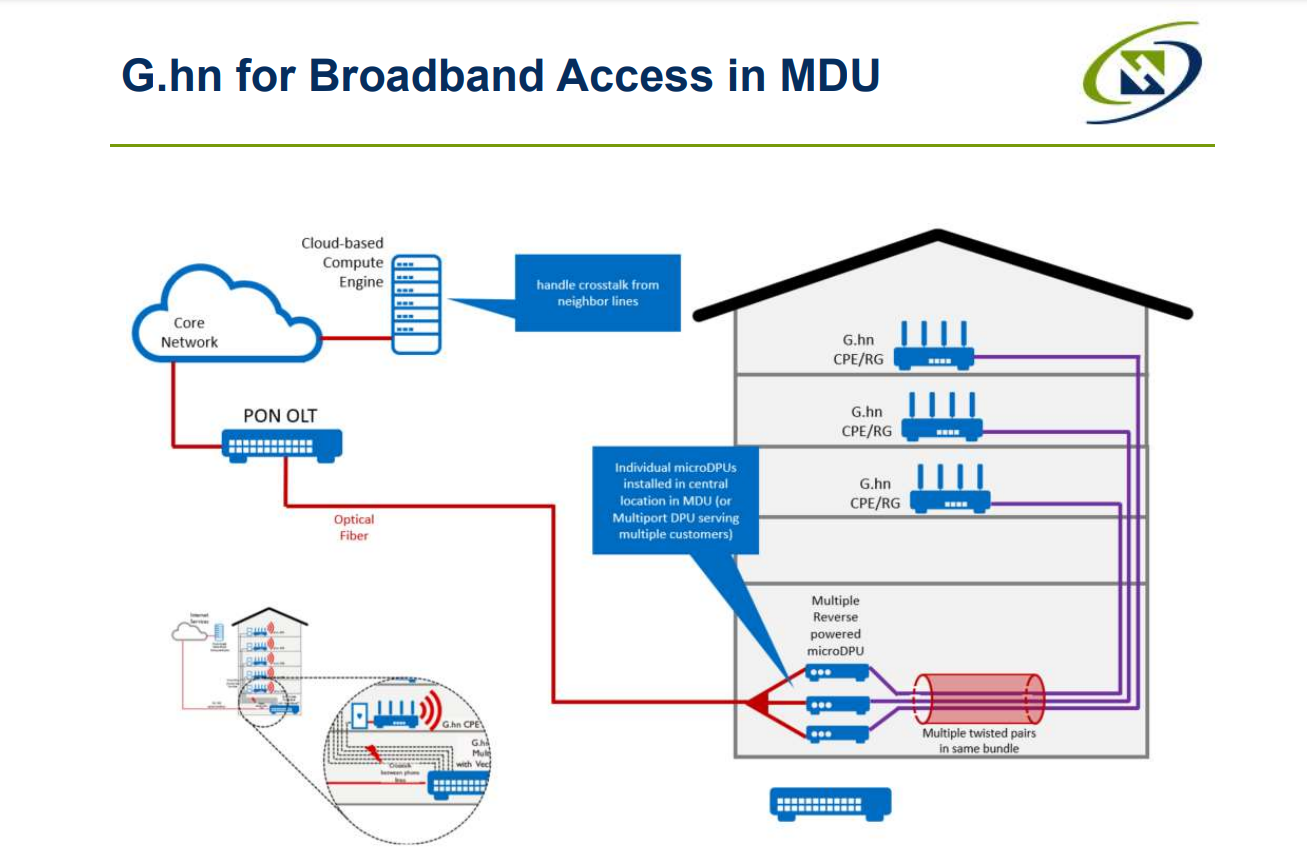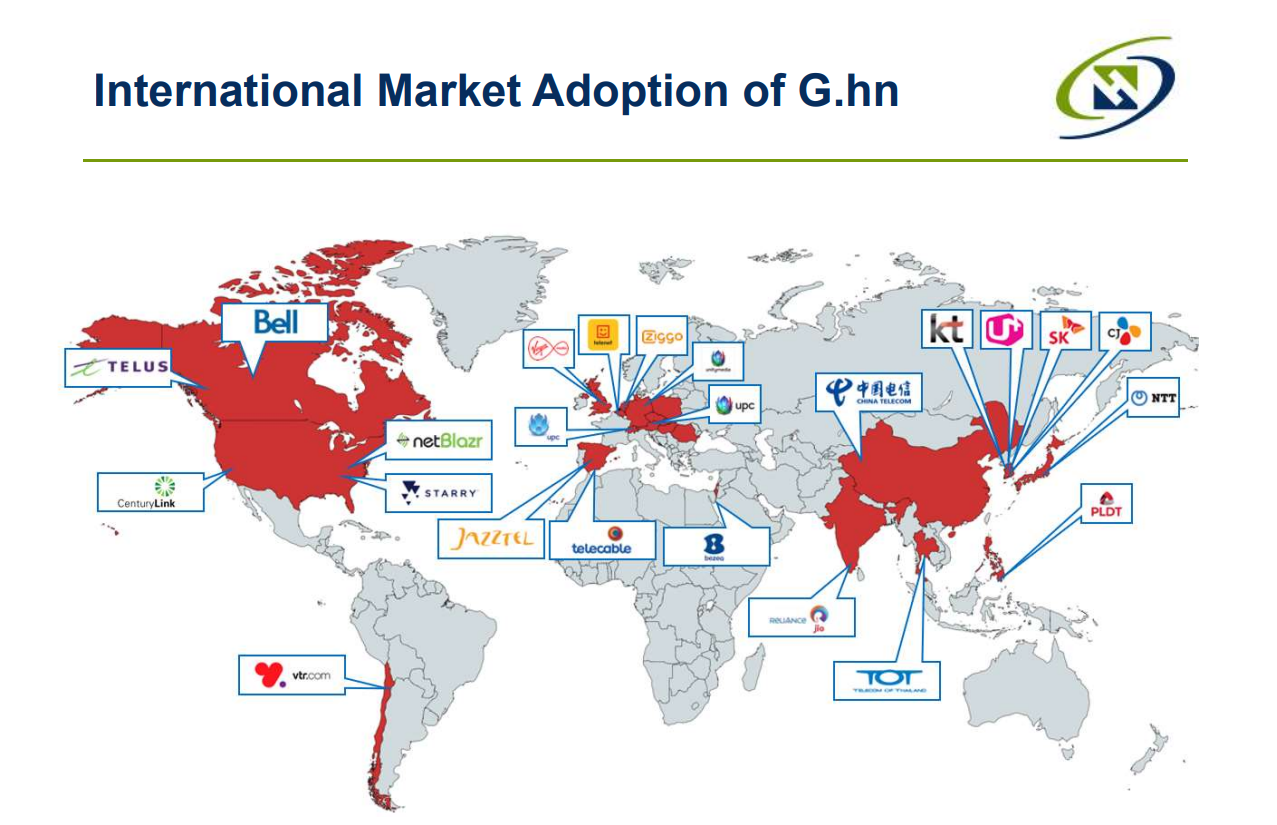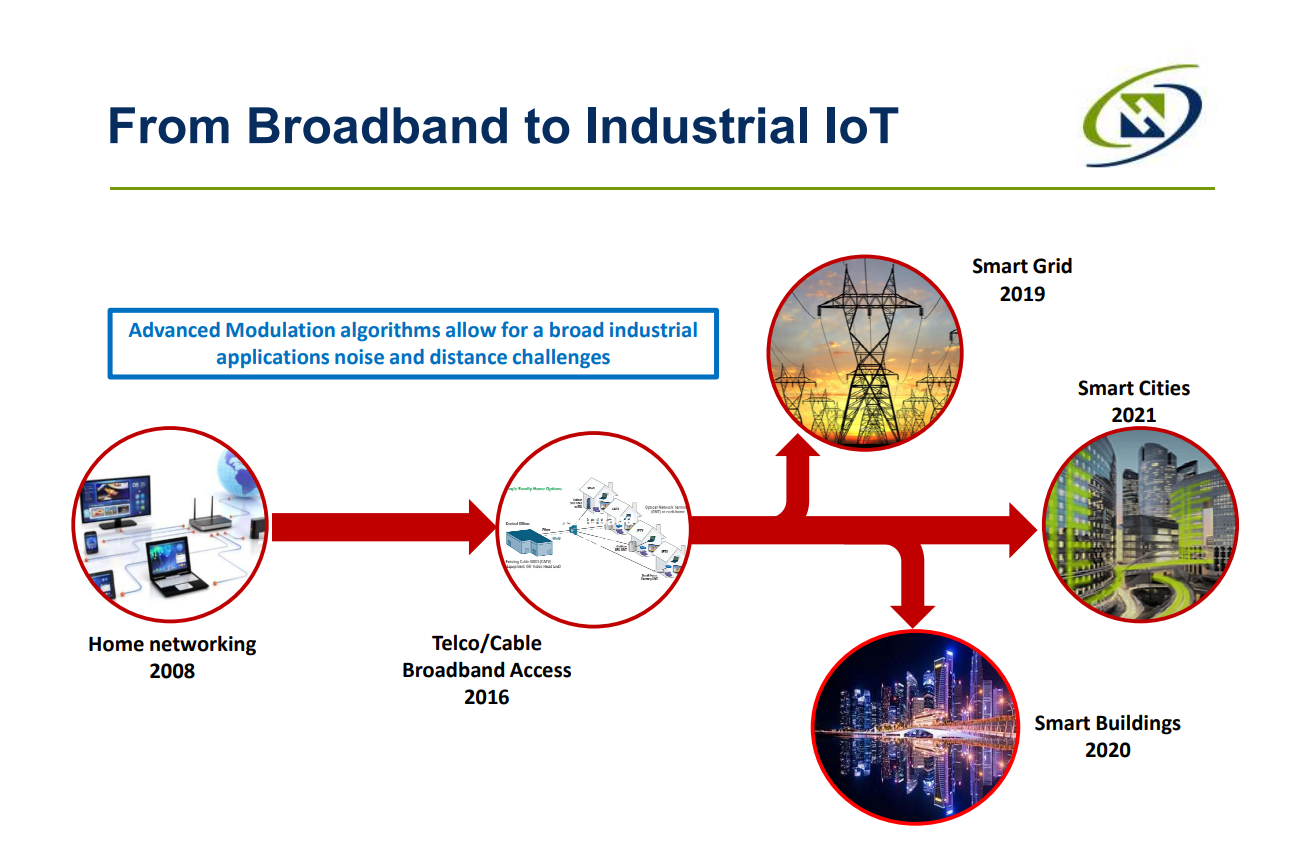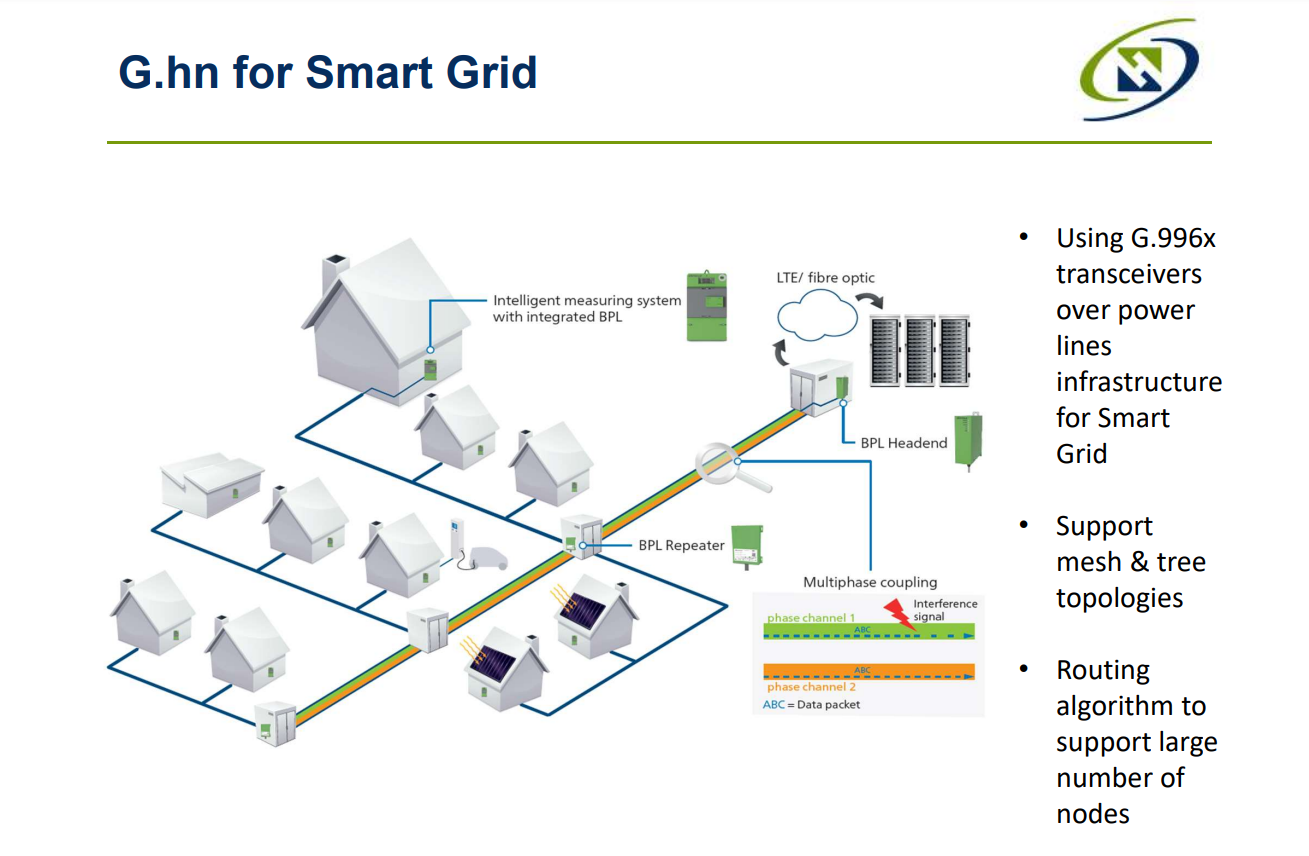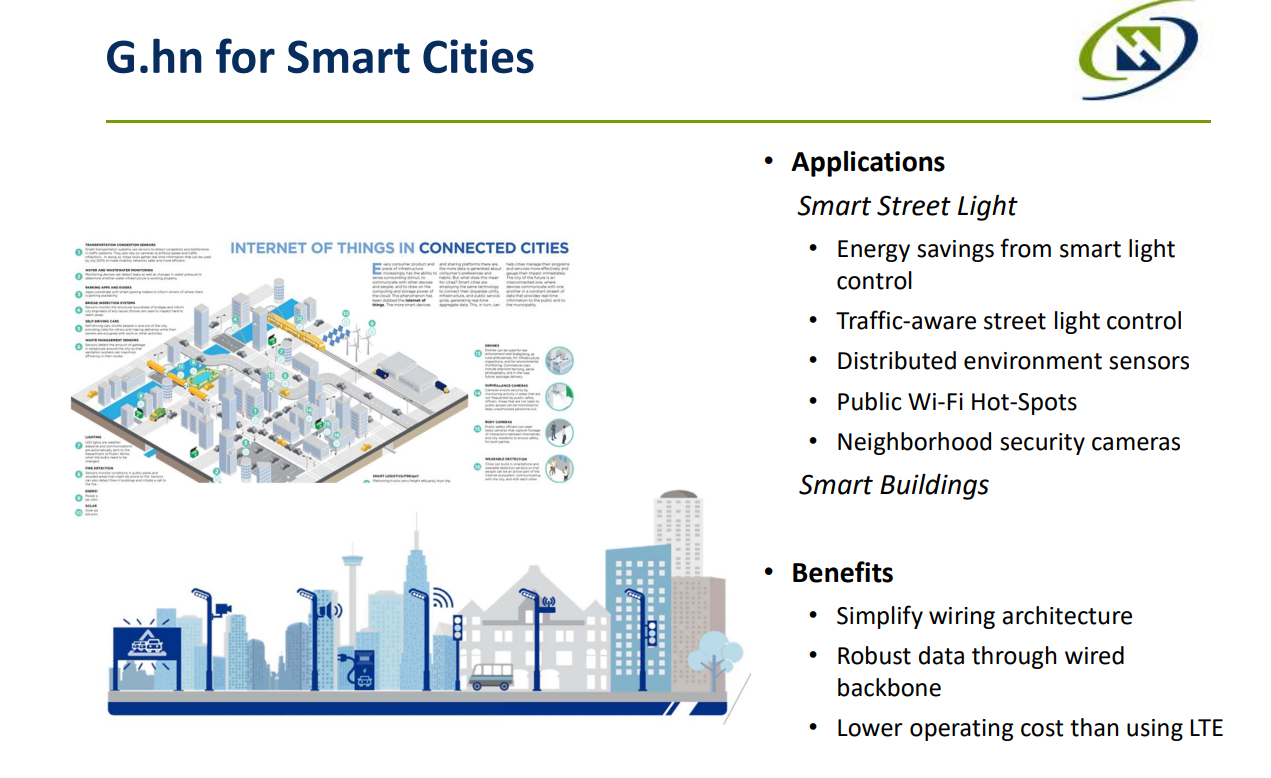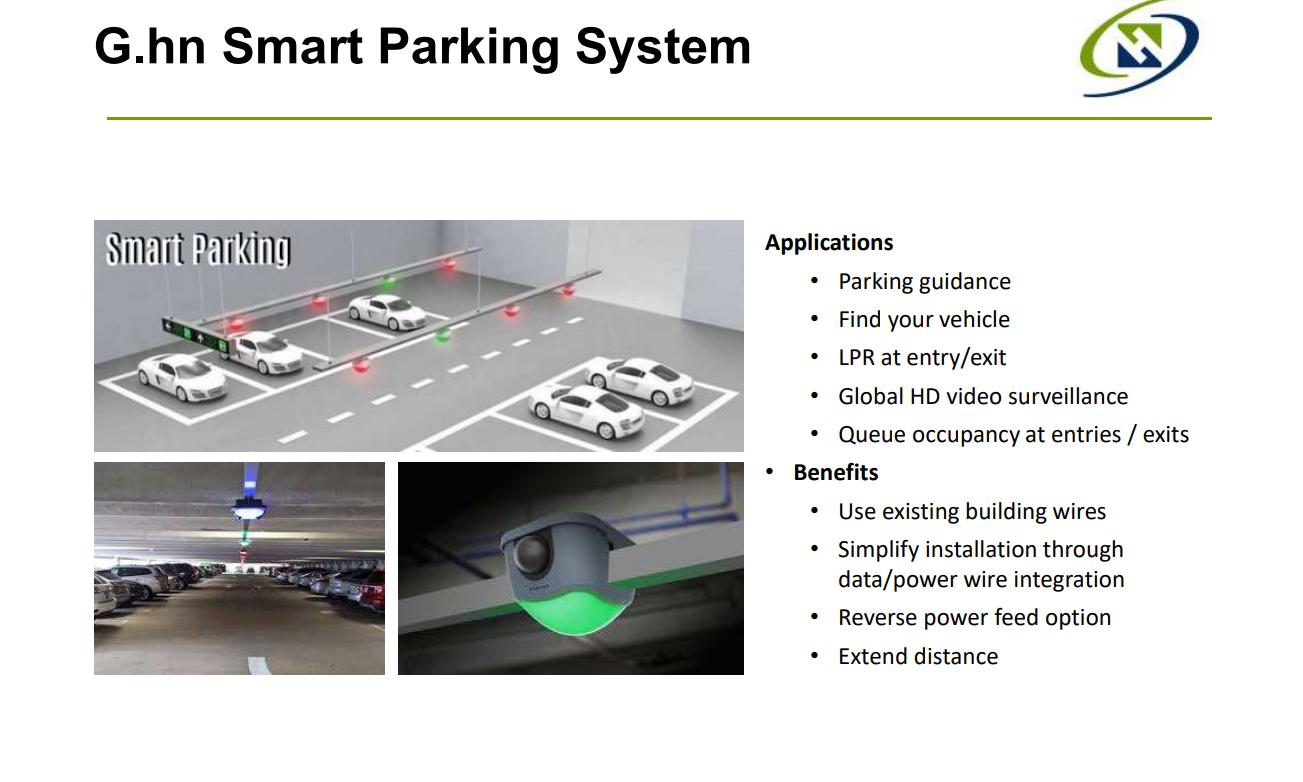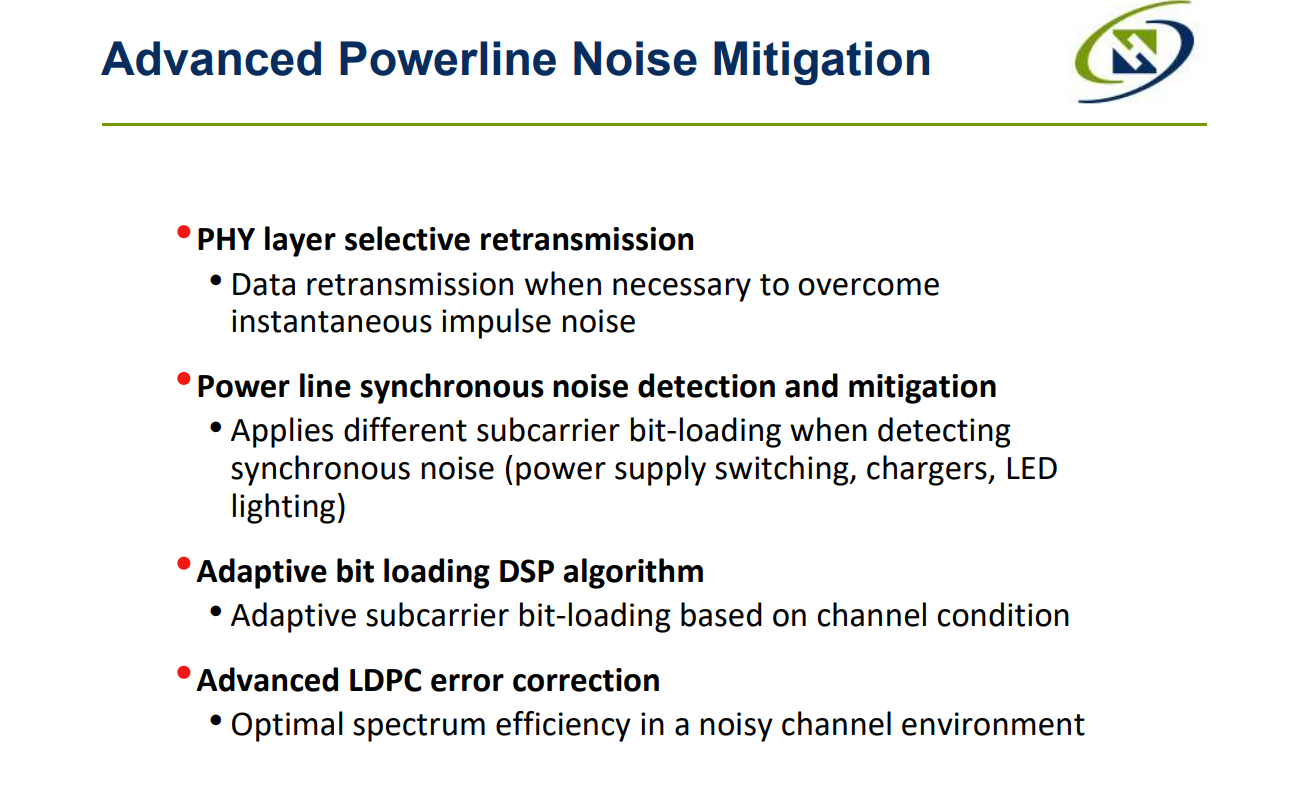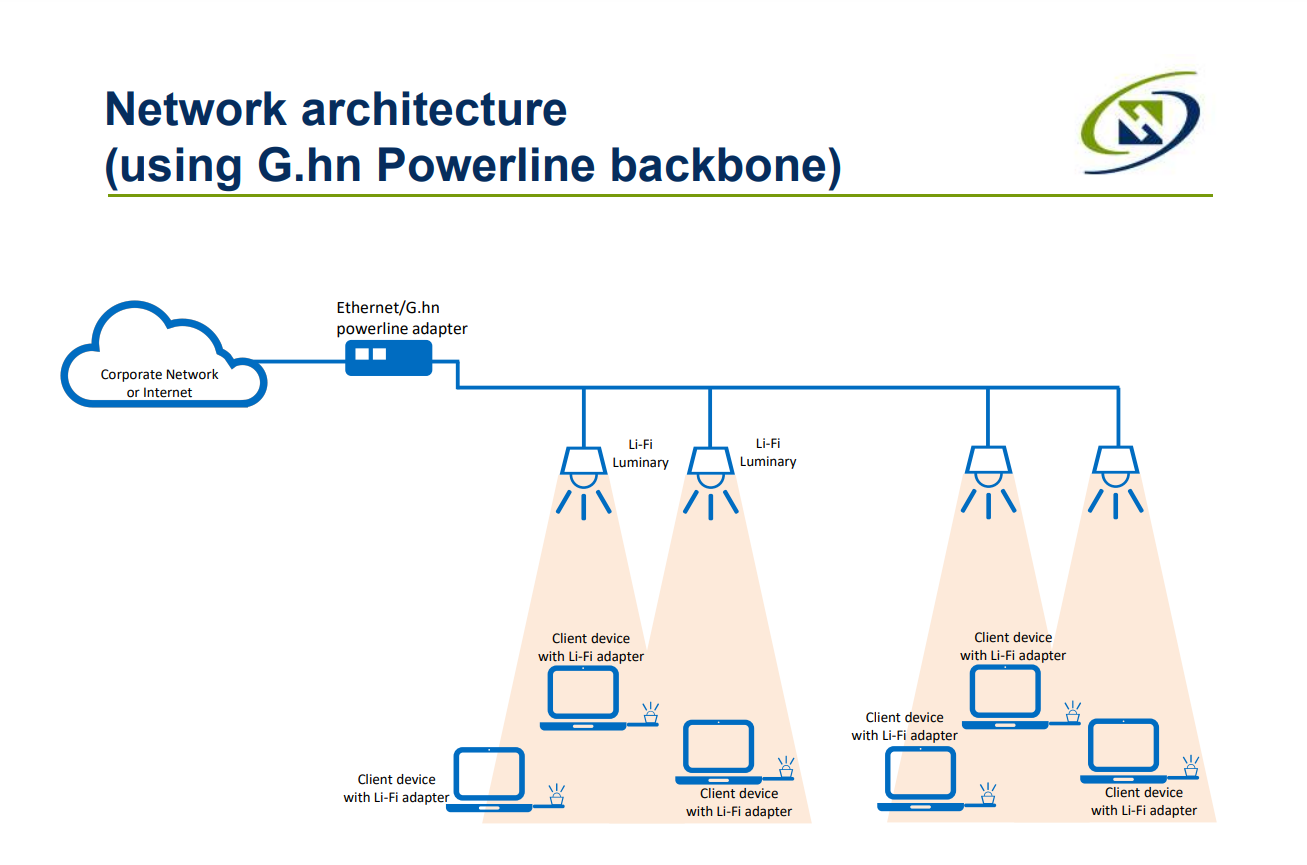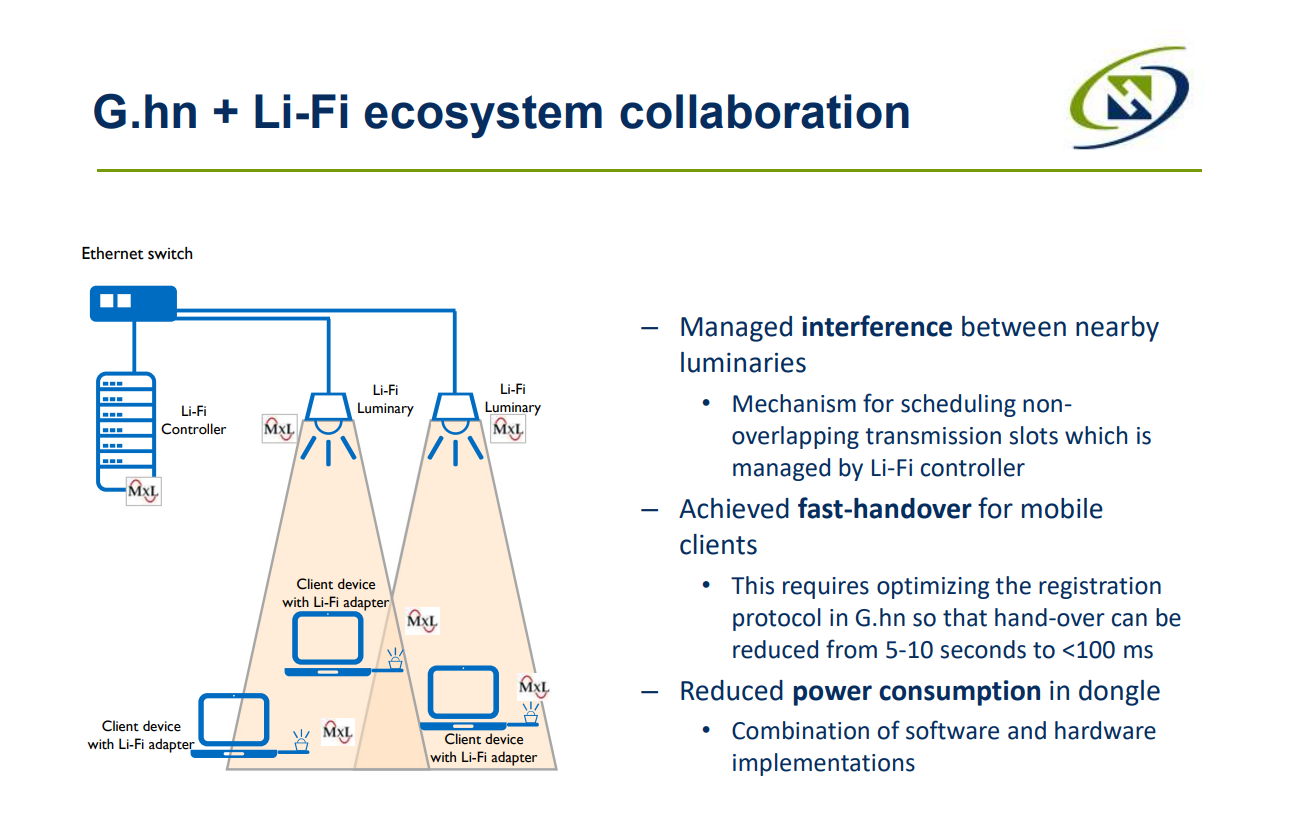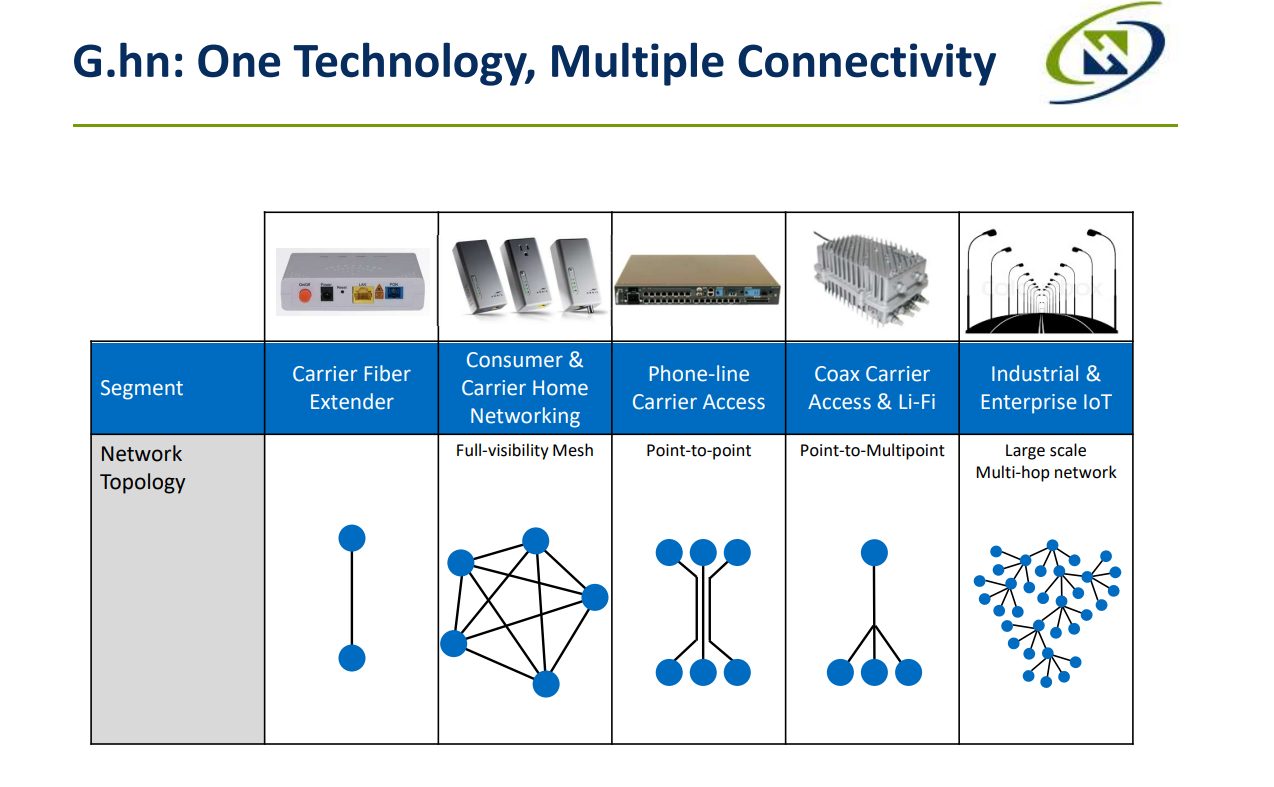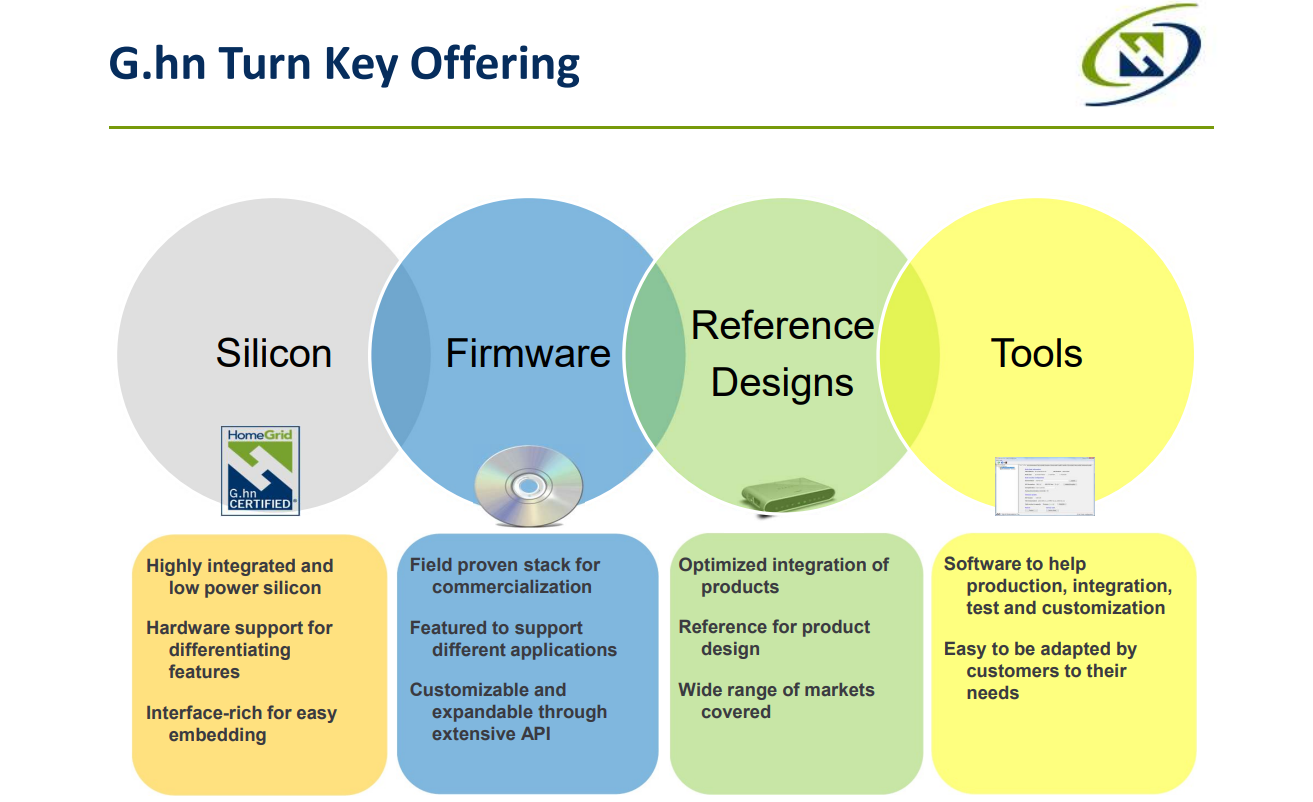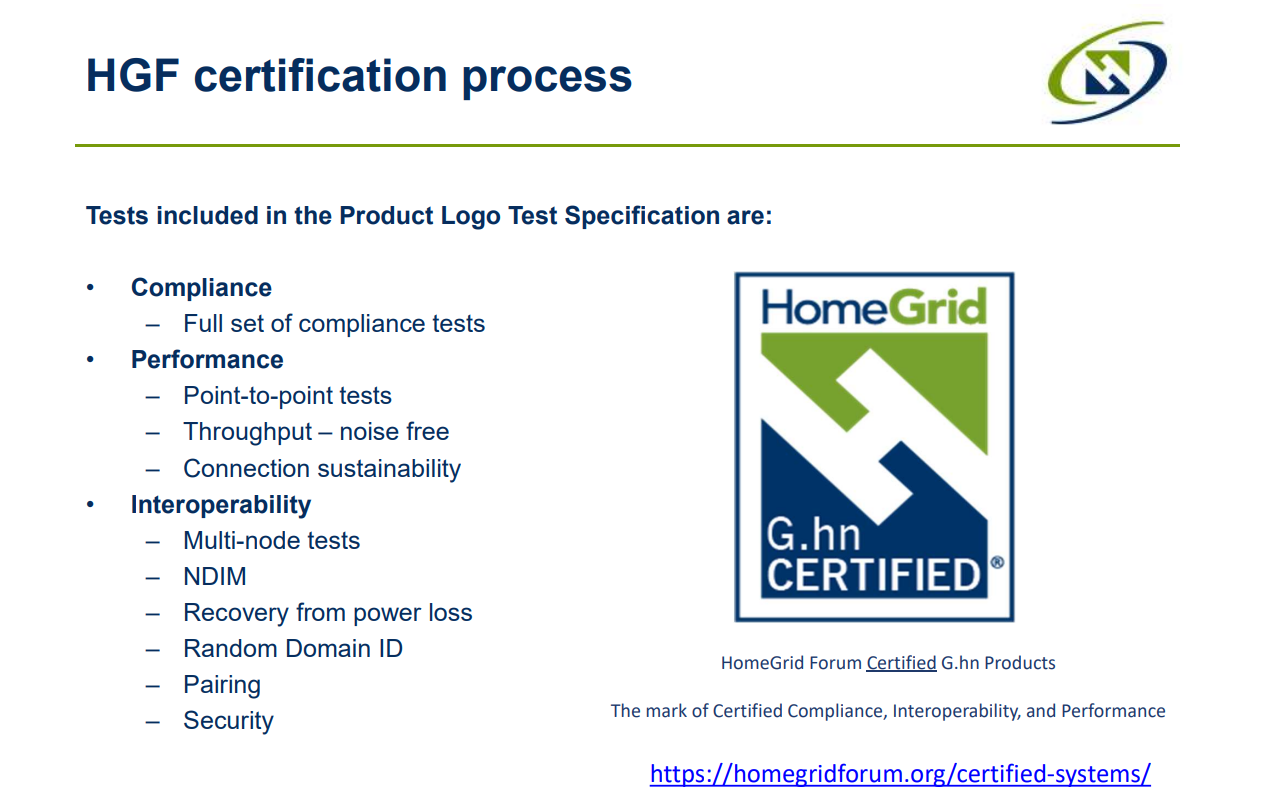Table of Contents
Li-Fi Conference 2021 - Recap Part 3 - G.hn Backbone And Ecosystem Support For Li-Fi Use Cases. Standardization, Spectrum and Security
Li-Fi Conference 2021
In our last article about our ONLINE Li-Fi Conference 2021 recap series, we discussed the presentation delivered by Musa Unmehopa on “Building The LiFi Ecosystem”. The conference was organised by the Jakajima, the global High Tech Conference organiser, and the Light Communications Alliance.
Jakajima, Matchmaker for Innovators in the high tech industry, organises many events, ranging from LiFi Technology industry trends, 3D Printing to the Internet of Things, from Unmanned Cargo Aircraft to Health Tech, from 4D Printing to Photonics and from Vertical Farming to Sustainable Materials.
The online Li-Fi Conference included live presentations from researchers, executives and industry specialists from pureLiFi, Nokia, Signify, Orange, Radiocommunications Agency Netherlands, Velmenni, OLEDCOMM, HomeGrid Forum and Weidmüller Deutschland.
Livia Rosu from HomeGrid Forum talked about G.hn backbone and ecosystem support for LiFi use cases.
In this article recap series, we will talk about the presentation on G.hn backbone and ecosystem support for LiFi use cases, standardization, spectrum and security delivered by Livia Rosu. Before this, let’s talk briefly about HomeGrid Forum.
HomeGrid Forum
According to their website, HomeGrid Forum (HGF) is an industry alliance formed to support the development and deployment of a unified coaxial, phone line, powerline, and plastic optical fibre home networking technology called G.hn (Gigabit Home Networking). G.hn technology is based on standards developed by the UN’s International Telecommunications Union – Telecom (ITU-T) standards development organization.
HomeGrid Certification ensures compliance and interoperability (C&I) of silicon and systems through plugfests and rigorous C&I testing. A logo is issued for certified systems’ packaging and documentation of G.hn-based systems. HGF Certification ensures that retail customers and Service Providers have confidence in, and great satisfaction with all HGF G.hn Certified Certified products.
HomeGrid Forum members comprise an eco-system covering all aspects of the technology from Retailers to Service Providers, Utilities to Smart Grid think tanks, System Developers to Test Houses and Silicon Companies.
HomeGrid currently has four workgroups: a Clean Tech/Smart Grid/Smart Energy workgroup focused on in-home energy management and utility Distribution Automation and AMI applications for G.hn, a G.hn Contributions workgroup that continuously works to develop advanced enhancements for wired home networking, a Compliance & Interoperability workgroup, and a Marketing workgroup focused on promoting all HomeGrid Certified Products and technologies.
The purpose of HomeGrid Forum is to:
Lead the work within the ITU-T to continuously expand G.hn, through a sustained effort to improve and extend this advanced home networking technology for any in-home wiring (coaxial cable, phone line, powerline and plastic optical fiber).
Encourage and evangelize the adoption and widespread deployments of G.hn by Service Providers and through Retail channels.
Provide a clear migration path for all legacy wired technologies to G.hn, where coexistence and G.hn’s ability to work over any wire type enables Service Providers to extend the life of their existing network investments while increasing coverage, robustness, and throughput in the home.
Maintain a comprehensive compliance and interoperability program to promote an ecosystem of compliant silicon and interoperable products based on the ITU-T G.hn standards.
G.hn Backbone and Ecosystem Support for LiFi Use Cases, Standardization, Spectrum and Security by Livia Rosu
Livia Rosu, President at HomeGrid Forum, Senior Strategy and Alliances Manager, Connectivity & Access at MaxLinear and WCA Judge, was the third presenter at the online Li-Fi Conference 2021. She discussed in great detail the G.hn Backbone and Ecosystem Support for LiFi Use Cases.
The HomeGrid Forum supports the deployment of G.hn, the globally recognized Gigabit home networking technology based on ITU-T standards and designed for bandwidth-intensive and real-time applications. Livia is a Computer Science engineer with 18 years of business development experience in the telecommunications industry, dedicated to semiconductors and the standardization of revolutionary technologies ranging from Smart Cards to Smart Cities.
Livia joined Marvell Semiconductor, a US-based leading fabless semiconductor company with expertise in microprocessor architecture and digital signal processing, in 2010. At Marvell Livia managed strategic marketing and competitive positioning of G.hn, working closely with system vendors and carriers that require Plug & Play networking capabilities. In 2017 Livia joined MaxLinear, a leading US provider of high-performance radio-frequency and mixed-signal semiconductor solutions for the connected home, wired and wireless infrastructure markets when it acquired Marvell’s G.hn business unit.
Livia has built a strong knowledge of industry associations having served 8 years as Internet Business Development Officer and Head of External Relations for ETSI, the European Telecommunications Standards Institute in France until 2006, as a strategic signatory of 68 Co-operation Agreements with standards development organizations and alliances among which ITU, IPv6 Forum and IETF. Before HomeGrid Forum Livia also acted as Chair of the PSO Protocol Council of ICANN (Internet Corporation for Assigned Names and Numbers) and Member of the Interim Steering Group (ISG) by the EC-POP (European Commission Panel of Participants in Internet Organisation and Management), for the creation of the “Dot EU” Top Level Domain and Member of the ISOC-AC (Internet Society Advisory Council), in charge of open standards and protocols for the Internet administration.
Livia received a Master in Business Administration (MBA) from EDHEC Business School in France in 1999. She holds a Master in Computer Science and Internet Security (M.Sc., 1997) and a Bachelor of Science degree with Honours in Automation Engineering and Network Management (B.Sc., 1996) from the Polytechnic University of Romania with a scholarship award from France. Livia is fluent in 6 languages.
Below are some points discussed about the G.hn Backbone and Ecosystem Support for LiFi Use Cases.
G.hn - Ethernet over Anywire
Livia Rosu started her presentation by saying the following:
“Thank you for the invitation and I'm glad to be part of the LiFi community joining forces with Nikola Musa and the other distinguished speakers. Where they are joining today for the objective of enlightening everyone with the standardisation, and with the software and the hardware that are all needed for complementing and accelerating the deployment of what we call LiFi technology. The purpose of my presentation today is to address the challenges from a different angle and that is what the backbone G.hn technology can bring into the picture because Ghn is offering a stable robust backbone and we are using that and offering the ecosystem of that to support the deployment of life I, how this is addressed and both Nikola and Musa have already mentioned the key topics of these two challenges, it is working through standardisation through spectral enabling spectrum beyond what we have until now and security aspects.”
“We call G.hn and Ethernet over any wiring technology. It has started as an international standard with the very first version approved back in 2009 by ITU standardisation Body with multiple updates since then, and building on the standardisation aspects, I keep saying and I have been working for a team before my senior semiconductors and I have been having a guest the one role from the standardisation side and supporting semiconductor companies and manufacturers who are involved in deploying the ecosystem of G.hn for 20 years now, you can tell it’s fast and it has been always around in intended to address the needs of the telecom industry. How is that achieved? Because the telecom industry has always been in the highest need for the gigabit home networking for serving their subscribers base that has been addressed initially for G.hn with the power line medium has been added in a coaxial twisted pair. And this is why nowadays, it is an Ethernet over any wired connectivity. It has been from day one a robust backbone for Wi-Fi connectivity, initially for the food, some political and technical challenges, as everyone tried to see what is best for wired connectivity or Wi-Fi connectivity. And already one decade back, the players have achieved to agree and come to a resolution that and I like to say that a lot. And that really is no single technology that addresses all topologies because they are all different. So we're seeing the presentation of today and also by other distinguished speakers that different topologies require different implementations of hardware or software. And precisely when it comes to Wired versus WiFi, we needed to understand that this can be combined and so that G.hn can provide a robust backbone for Wi-Fi connectivity and that’s seamless and that's transparent for the end-users. And we will see how we take that to the next level. Now to complement with we'd like by all means this has been deployed for a strict quality of service and management because again, this is these are top requirements by telecom industry players. And it started as a technology for home networking topologies and has been gradually extended to address a very broad range of applications successfully to broadband access and we'll explain what that means for the multi-dwelling units and single-family units for electricity utility applications, for industrial applications, a wide range of industrial applications and last but not least, and the main objective of being here today its LiFi applications”.
“Whenever we have been supporting the ecosystem, it has been through allowing multi-vendors to participate and that is because you cannot have this one to one relationship in order to have a market deployable, so you need to allow a variety of vendors both on the technology side but means technology providers and also on the manufacturer side on the system integrator side. So that everyone can have a free selection of its own partner In this deployment, and how this can be achieved always through having interoperable systems. So, they are extensible always. G.hn comes with a multi-gigabit connectivity. But in order for the ecosystem to be highly connected, we needed to make sure they are all in their interoperable and this is chip for compliance interoperability certification that we can go more into detail next time”.
Standardization
“It all started so, just very briefly, because Musa has addressed that already with the very first implementation so that you have that historically, how the G.9991 started in 2018 and CIF constant started already back in 2018. And now, now, the COVID like time is running. And it looks like it was yesterday. So, we had several implementations of that and ever since 2019, several vendors have already as you have seen in the content of the conference, launched compliant products, we did, we did have a chance.”
G.hn Standard Evolution at ITU-T
“This is how the standard evolution looks like at the IP level and this is critical, so to grasp so that we can see the evolution of technology always is to have a future. So that it can be successfully deployed. So we are currently deploying everything on two gigabits per second and that target applications that started with the market segments that we have mentioned and the ITU vision going forward as we continue to deploy is addressing G.hn for the 10-gigabit full-duplex capabilities that are coming for the roadmap.”, said Livia Rosu.
ITU G9960/G.9991 deployment
“Looking at the ecosystem and such, HomeGrid Forum has been created as an alliance to support the certification as we said to help ITU-T based standardisation ecosystem to advance very rapidly for certification. So, that comes with the highest performance we knew G.hn is a great technology for the wired backbone in terms of numbers here you have a very quick snapshot of what can provide so it started with a power line with the fire rate of 1.5 and the MAC rate of one one gigabit power line to note that is the most you know able to catch noise interference medium. So, if everything works on powerline, well then you can make sure on twisted pairs and actual pairs are going to work even beyond that highest speeds. So on boats, you do have a MAC of 1.7 gigabits and of course, that's because the fight it's two gigabits, it has the highest security Yes, 128. And topology flexibility will go in in detail Santos being the only standard solution. But again, I keep reinforcing the fact that this can only be deployed by and accelerated successfully for interoperability and certification.”
HomeGrid Forum Mission Statement
“And this is how HomeGrid Forum came to enter into force to achieve that. So, the main objective here and this is the mission statement that the players have been embracing is to provide interoperability for consumers that are needing to deploy any type of device that needs robust connectivity.”
HomeGrid Forum Promoter Members
“So, if we have a look at the promoter numbers, how this all started. So we have a number of service providers that have been very keen to look into visa accelerating requirements of G.hn based connectivity because it all started as a home networking as we said, so they needed to serve their subscribers based with the highest connectivity inside the homes to have the multi-room, multi-screen connectivity to have any type of devices inside the home connected on the highest speeds. And they have been promoting and sustaining the deployment of this technology”.
First G.hn Applications
“The first G.hn applications were forthcoming in combination with a home networking so, we need once we have the connectivity inside the home like from the gateway into the box we needed to extend for the robustness of the wired connectivity again and we say it's always can be at the choice of the service provider it can be powerline phone line or any wire then that's the ubiquity and the beauty of this technology because whatever you have in a home already installed. In most of the homes, you have them all but when you're looking at the building itself, in especially multi-dwelling units, which are very tall buildings, when the service provider can actually select what is best for the infrastructure based. So, it can be for the last mile what we call, it can be the falling in cost for actually supporting longer distances and we're talking about 300 metres, 500 metres. So, beyond the 1000 feet in this case that can extend the connectivity in the multi-million units and the way you capture the topologies actually, you have the service provider providing the highest bandwidth to that particular building and it can be either on the fixed wireless access to the roof of the MTU within antenna or it can be fibre to the building getting fibre all the way to the building itself but then G.hn has been used in the multi-dwelling unit to actually extend the connectivity either from the roof down, either from the basement of the building going up to reach any floor in the building reusing what's already there”.
G.hn for Broadband Access in MDU
“For extending the coverage, we added Wi-Fi in different devices. One Wi-Fi and phone line or Wi-Fi and the connection lines and then when the fibre stops anywhere it doesn't matter whether that's the basement of the building and even outside on the last mile can be at the curve as we call it, what is important here to understand is that the fibre stop somewhere. We call it the economical point by some reason because it is highly very expensive to have it all the way to any user or because it is historically prohibitive because it's just the high you know, multi-unit historically, preserved looking very nice so it’s difficult to take the permission of the owners to drill exist additional holes into the walls or when Never better said you actually extend what already have and avoiding any modifications in the structure of the building but you reuse what's already installed so that existing infrastructure”.
International Market Adoption of G.hn
“So, you can see so many different flavours of the change and technology that has been deployed since back 2008. And best just a very quick snapshot to highlight the international market adoption of G.hn by service providers in different countries globally. And again, someone powerline who works in combination with the Wi-Fi connectivity”.
From Broadband to Industrial IoT
“Looking at the G.hn technology evolution because it has provided some very major advancements. So, it started as we said, home networking broadband access and what's important here, and it actually gets us to how we can support LiFi both went into the smart grid, the smart cities and capturing different needs.”
G.hn for Smart Grid
”The incorporation of G.hn in what we call smart metres, so supporting missions with apologies and complying with the mandate from the European Commission having the ability of reading the power consumption in the smart metre by ourselves as users not on a monthly basis but on a daily basis and work out what is the best timing for us to have the cheapest consumption. So that's one for G.hn”.
G.hn for Smart Cities
“In the smart cities as such, here we can be highly creative. So it has the smart street lighting for the energy saving. So not just having connectivity inside our homes but on the streets. So the traffic works like control distributed environment sensors. And as basic as having public Wi-Fi hotspots. So it was very much going into bad directions again, why because it was a simplified the architecture of the wiring and we can use what's already there and lower operating costs”.
G.hn Smart Parking System
“It went beyond that to actually provide the smart parking system because the lights were already in place, the connectivity was already in place. So, that was highly robust. We all need to park somewhere when we go and visit an office or a shopping mall. So, the parking guidance it's only important if it's a huge parking system to find the car rapidly to make sure the car is protected. So, the global high definition video surveillance, having the snapshot of that apology again is key to know whether a location is occupied or not by another car. So, all that that comes into the visualisation of the networking spot was a great means to understand why G.hn can be used for that. But that actually led us to the next level and it was the security aspect. Because then all this can be highly protected for the video surveillance and captured intrusion.”
Advanced Powerline Noise Mitigation
“And I get closer to the why security is important. When it comes to the deployments, again, talking about the three media but then I keep always focusing on the powerline noise mitigation because powerline has always been the most ubiquitous medium, right. So whenever you plug a device, and this is how G.hn came to bring to life IoT devices, you plug the device that gets power supply, but also connectivity at the same time. Of course, the power line, it's the most the noisiest media. So, we introduced an algorithm for the noise mitigation. And that was highly perceived by the players because when we had that apply to different subcarriers, the buildings of that detecting all these noises and the power supply switches and the charges and the LED lighting, here we go. So, that we could have the adaptive bid loading based on the channel condition. And last but not least, to optimise the spectrum efficiency in such a noisy channel environment”.
Intelligent Software for Industrial IoT
“We went beyond that and built this for the industrial IoT. So, IoT, it's all very nice and very appealing we have been using and applying so many different technologies for the IoT, wired and wireless. And this is the future. It's something that we all need to embrace and, like and take advantage of it. But what actually makes it even more interesting is the industrial flavour of it. Because beyond having a very nice experience with connectivity are some critical applications, which really need low latency, not just the highest connectivity, but low latency. And why is that because whether we can be more or less frustrated, whether we have a latency on you know, we're displaying the slide deck or getting an email on having our voice distracted. But then, whether that's the connectivity is actually involving industrial machinery, it's in the factory applications, robots, the Industrial Revolution, even surgeries in the healthcare and that it’s highest precision. So, this was actually looking into different types of topologies, we came up to say, okay, we need more levels of repetition, and then the self-organised network, not just plug and play that the network stability and then having the nodes configured understanding who's the master and the network self-healing, so that in case of any node fails, the network itself knows how to have the topology discovery, and to connect and create and ensure the stability of that industrial process. So, that was key for this application G.hn from the standard itself went to provide up to 250 nodes per network domain”.
Secured wireless with Li-Fi
“Security is highly important. So I will, I will always want to one of my three minutes on this one, it is for whatever was highly perceived for the Wi-Fi as freedom of movement, and G.hn provided the backbone on the LiFi side, the line of sight is highly important for preventing intruders to get and get the signal. So, you have to look at that from the RF congestion point of view, which is getting worse. And then, improving the user experience in those dense environments. So, the light spread through the light waves provides all those advantages. At the same time, the security is highly improved because you have the boundaries of the wall in any meeting room that prevents the communication from being captured by intruders”.
Network architecture (using G.hn Powerline backbone)
“This is the network architecture with something for you to have as a reference. So, you move around with your laptop with your devices and instead of getting from one access point to another on the Wi-Fi you can use the LiFi luminaries, and again, you'll have plenty of speakers today that can go into details on how that works and the client device on that patient. The roaming itself”.
Network architecture for professional market segment
“In case it's a professional market segment, multi-dwelling units or bigger rooms, then you have another NetSuite and different LiFi controllers that can create and handle that communication from one device to another”
G.hn + Li-Fi ecosystem collaboration
“The first handover between the mobile clients was one of the key questions that was asked today. So, that's the industry itself and the finalisation phase but are focusing on that together with the power consumption, which are all key requirements from all the different players that need to collaborate for the ecosystem itself”.
“The multiple connectivities here is for you as a reference. So, any topology can be addressed with the G.hn as a backbone, and then you build on top of that with a different software”.
“Keep in mind that HomeGrid Forum foreign players, from the silicon vendors, from the manufacturers, from the system integrators and service providers, can provide you with a total means the silicon, the filmer, the reference designs, and the software tools, the configuration to adapt that to the needs of the topologies”.
“The certification of the HomeGrid Forum addresses all these different markets. So, available for the market players to certify well devices to ensure compliance with the G.hn technology so that you can mix devices from different manufacturers in the same network”.
HGF certification process
Livia Rosu concluded her presentation with the following statements:
“And this is the logo that you have to look for these certifications to make sure the interoperability is ensured. This was a very fast overview of the challenges and how the standardisation is here to help. As Nikola and Musa have already highlighted, there is no single technology that does it all. But what's important to capture is to have all the layers built in deployments on top of standardised technology is the only way to accelerate deployments and capture all the requirements”.
You can also watch the full video presentation on the following YouTube link from Jakajima YouTube channel.
Li-Fi Conference 2022
The next Li-Fi Conference is coming up on the 28th of June 2022 between 10 am and 4.30 pm CET.
It is interesting to realise that lights that illuminate offices, homes, cars, factories, our streets and more locations also can connect us to data and hence power the growing demand for connectivity and speed.
At this conference professionals from all over the globe will gather together in order to share applications, ideas, new developments and ways to integrate Li-Fi in services, both for consumers and professionals.
This conference will be held Live and Online. The venue will be the High Tech Campus 1, The Strip 5656 AE Eindhoven The Netherlands.
Online tickets can be bought at the following link:
https://tikcit.com/register/61e002336d7fc4b6745cab83/
What is LiFi?
LiFi, also known as "Light Fidelity" is a wireless optical networking technology, which uses light-emitting diodes (LEDs) to transmit data. In 2011, professor Harald Haas made a LiFi demonstration at the TED (Technology, Entertainment, Design) Global Talk on Visible Light Communication (VLC).
VLC uses light as a medium to deliver high-speed communication like Wi-Fi and complies with the IEEE standard IEEE 802.15.7. The IEEE 802.15.7 is a high-speed, bidirectional, and fully networked wireless communication technology-based standard similar to Wi-Fi's IEEE 802.11.
How does LiFi work?
LiFi is a high speed, bidirectional, and fully networked wireless communication of data using light. LiFi constitutes of several light bulbs that form a wireless network.
When an electrical current goes through to a LED light bulb, a stream of light (photons) emits from the lamp. LED bulbs are semiconductor devices, which means that the brightness of the light flowing through them can change at extremely high speeds. The signal is sent by modulating the light at different rates. The signal can then be received by a detector that interprets the changes in light intensity (the signal) as data. Also when the LED is ON, you transmit a digital 1, and when it is OFF, you transmit a 0.
LiFi Benefits
The primary benefits of LiFi are as follows:
• Security: Provides entirely secure access. Where there is no light there is no data.
• Safety: Does not produce electromagnetic radiation and does not interfere with existing electronic systems.
• Localisation: Allows localisation due to the small coverage area of LiFi access point - localisation can be used for very precise asset tracking.
• Data density: Provides ubiquitous high-speed wireless access that offers substantially greater data density (data rate per unit area) than RF through high bandwidth reuse.
Credit to Oledcomm
LiFi Applications
LiFi can be used for so many applications and the list is increasing every year. You can read our updated list of Li-Fi applications at the following link:
Credit to pureLiFi
In conclusion, if you are also interested to hear more information about the OWNII Coin or enquire about LiFi devices such as the LiFiMax and Trulifi, you can contact us through our chatbot or by sending an email through our contact us form. If you enjoyed this post and would like to hear more updates about LiFi technology, subscribe to our newsletter. Don’t forget to subscribe to our social media accounts. You can also join our Telegram group about LiFi technology on this link:
https://t.me/joinchat/FMzOmsEKyJFrU6Af

